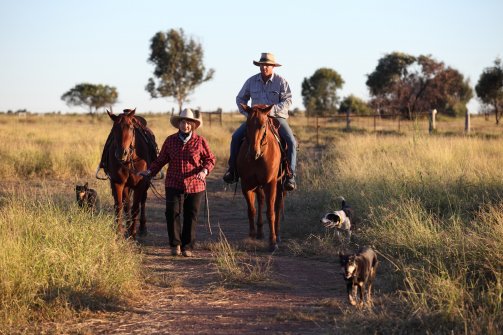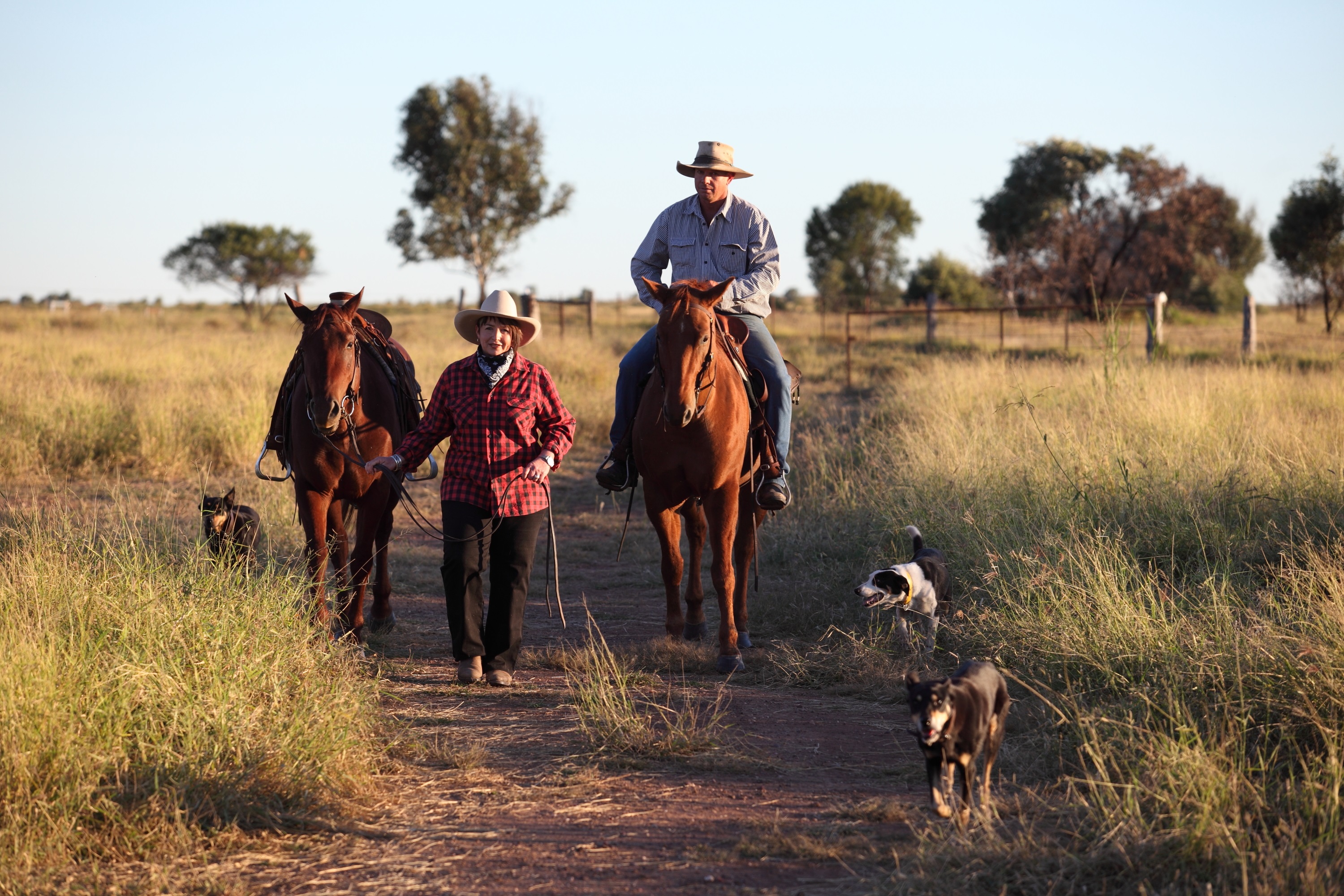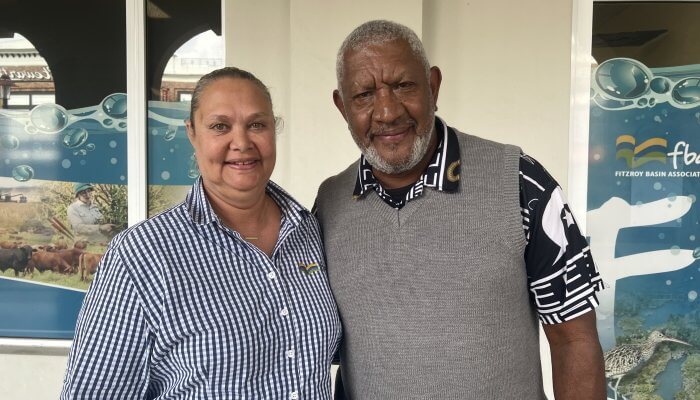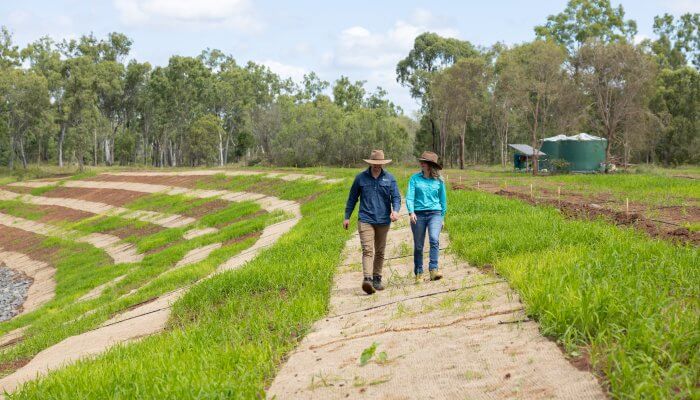
Focus on consumer priority number 1
Posted on September 12th, 2014
While the list of challenges for the Queensland grazing industry today is long, Central Queensland grazier Julie-Ann Brown is passionate about the industry and believes its focus needs to be on the consumer as number one.
Julie-Ann and husband Scott run a breeding and fattening enterprise Heart2J Cattle Company incorporating “Maywin Park”, 21,232 hectares between Tieri and Middlemount,“Carnangarra”, 4,313 hectares at Comet, and 8,357 hectares over three properties “Valeria”, “Valerosa” and “Joelahlia”, leased from the mines at Capella.
A strong supporter of the Grazing Best Management Practice (BMP) Program, Julie-Ann is adamant the industry standards provided by the Program are a step in the right direction to ensure the industry has the consumer as its focus.
The Program has been developed in partnership between AgForce, Fitzroy Basin Association (FBA) and Queensland Department of Agriculture, Fisheries and Forestry and through its five modules aims to set and report on the benchmark of best-practice grazing.
“We are only now starting to understand how important the consumer is, and if we have industry standards like Grazing BMP, the consumer is much happier knowing there are ethical standards in place in producing the meat they have on their table,” Mrs Brown said.
“Years ago graziers had agents who did all the legwork; you sent your livestock to the yard and forgot about them,” Mrs Brown said.
“Today we have to look at what markets we are trying to meet, be more proactive in our marketing and more aware of where our beef is going,” she said.
“Through Grazing BMP I became more aware of the animal welfare legislation as an issue, in that if the consumer doesn’t understand what we are doing and why we are doing it, then they can ultimately have an influence on the industry.”
“We need to educate them about the industry standards and practices and assure them of the legislation in place.”
FBA Grazing BMP Project Manager Peter Long said the Animal Welfare module in particular showed a need for the industry to be proactive in communicating its animal welfare responsibilities and practices.
“The industry needs to acknowledge that we must play a part in communicating our good animal health and welfare standards so that the consumer’s expectations and knowledge comes from the source and is not just guided by what might be in the media,” Mr Long said.
And for an industry which is not often recognized for its environmental credentials, Mrs Brown believes that proper grazing management talked about in the Grazing BMP modules can grow the soil rather than deplete the soil.
“I am passionate about being a land steward and I truly believe that to be a good one I need to get the grazing principles right.
“The rest is the key in the grazing systems – if you put down mulch on soil, then eventually it will turn into soil.
“Rather than taking from the land I want my livestock to play a large part in rejuvenating the land and I believe this is possible.”
“At big picture level our dream across our properties is for all our country to have some rest through the year.
“While we can’t do it everywhere at this stage, we do use rotational grazing on our smaller blocks to give country the rest it needs.
Mrs Brown is certain the Grazing BMP Program is good for the industry, and her message is clear to operators struggling to find the time to complete the Program.
“Through education we can make better decisions.
“If you can’t take a day out to do a course such as Grazing BMP, then the business is running you and you are not running the business,” she said.
For more details on Grazing BMP modules in Central Queensland, visit www.bmpgrazing.com.au or www.fba.org.au.









